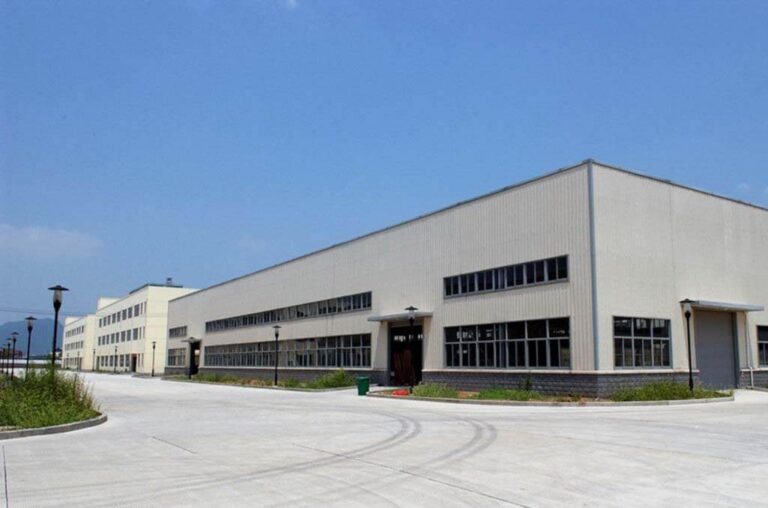Foam as a material has been in existence for centuries, with some evidence suggesting that ancient Egyptians used foam made from reeds as padding for mummy cases. However, the modern foam that we are familiar with today was invented in the early 20th century.
The first synthetic foam was created in 1929 by a German chemist named Otto Bayer. Bayer discovered that by reacting diisocyanates with polyols, a new substance could be created that had foam-like properties. This led to the development of polyurethane foam, which quickly became a popular material for a wide range of applications due to its versatility and durability.
In the following decades, other types of foam were developed, such as polystyrene foam, which was invented in the 1940s, and polyethylene foam, which was invented in the 1950s. These materials are widely used today for insulation, packaging, cushioning, and many other applications.
Why do we need anti-static products?
Static electricity is a natural phenomenon that exists in production and life. As early as the 1950s, Europe and the United States have begun in the production of semiconductor devices to prevent static electricity, China in the late 60s, the early 80s only began to pay real attention to the production of semiconductor devices to prevent static electricity, at present, with the rapid development of the modern electronics and information industry, so that the microelectronics technology to develop by leaps and bounds, lsi and vlsi circuits are widely used in aerospace, aviation, computers, Program control switches, remote control and other technologies.
Therefore, in the reform and opening up of our country, especially in the early 90s, the requirement of anti-static technology has put forward higher requirements. After nearly 10 years of efforts to make people have a certain understanding of the static hazards in the field of microelectronics; due to the increasing degree of integration, the slot width of microelectronic devices is getting narrower and narrower.
Therefore, every process in the production process to prevent breakdown and massive scrap caused by electrostatic discharge, the United States each year due to electrostatic discharge caused by semiconductor device losses amounted to $ 10 billion, the United Kingdom amounted to $ 2 billion, 70% of Japan’s electronic products scrap loss is caused by electrostatic discharge, more terrible is that some very large-scale integrated circuits in the factory has been partially injured, but do not know it.




